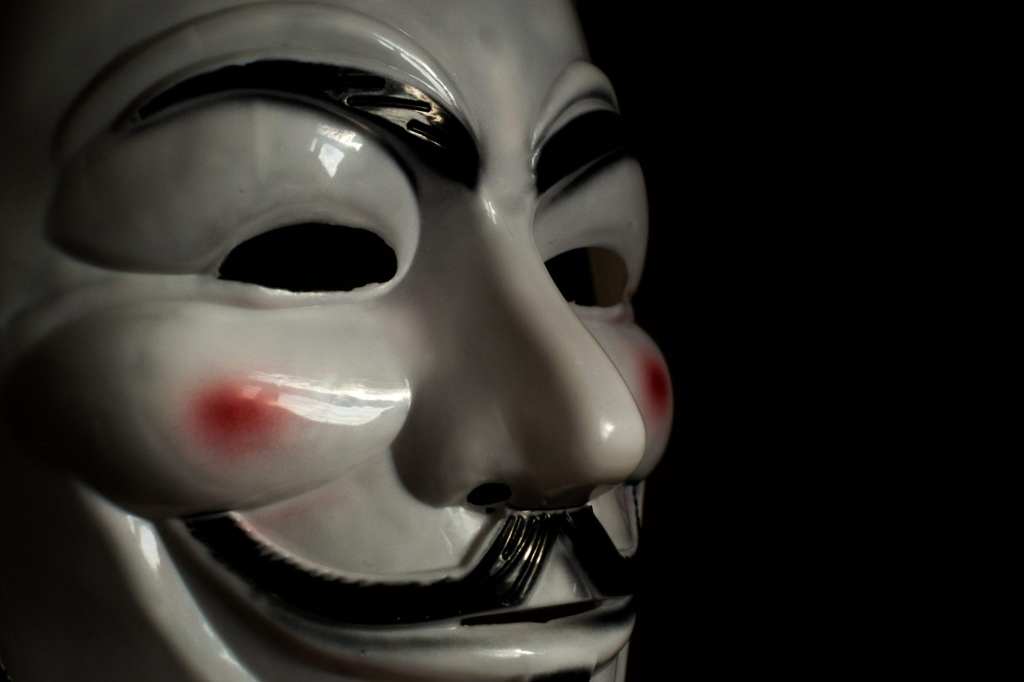“Remember, remember the Fifth of November…” is usually where the verse ends. Most people think that is a call to remember the sacrifice of their great freedom-fighting hero, Guy Fawkes.
Problem…the verse goes on:
“Remember, remember! The fifth of November,
The Gunpowder treason and plot;
I know of no reason
Why the Gunpowder treason
Should ever be forgot!”
The poem goes on to praise the King and celebrate the deaths of the traitors. Interesting that a poem would celebrate the death of a freedom fighter…
Because of the 1980s graphic novel “V for Vendetta” and the 2005 movie of the same name, the legend of Guy Fawkes has been grossly over-inflated and romanticized and has even served as inspiration for folks protesting government oppression worldwide. This inspiration, unfortunately, is seriously misplaced.
The legend of Guy Fawkes stems from the failed Gunpowder Plot of 1605. This plot, quite literally, had nothing to do with resisting an oppressive government. Guy Fawkes was not the leader, and Guy Fawkes was not fighting for freedom.
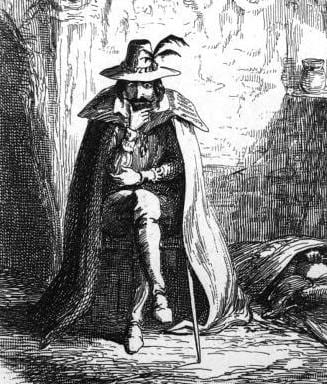
Photo Credit: Wikimedia
In 1603, James I became King of England following Queen Elizabeth’s death. Though England became a staunchly Protestant nation under Henry VIII and Elizabeth, James took this a step further and publicly condemned Catholicism, dismissed it as superstition, and ordered all Catholic priests to get out of England.
Enter the Gunpowder Plotters.
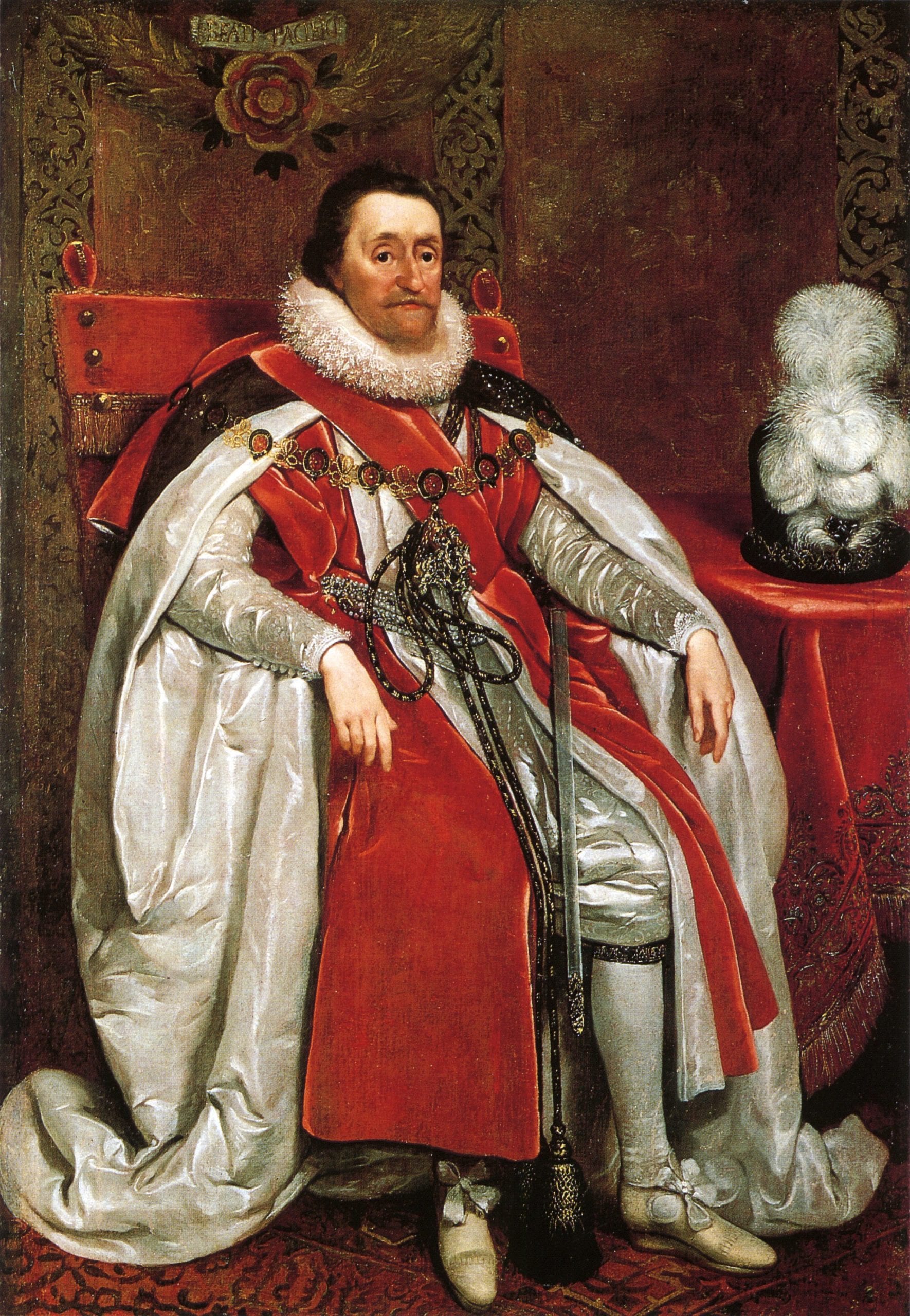
Photo Credit: Wikimedia
In May of 1604, a group of Catholics who were pissed about James’ policies organized a plan to blow up the Houses of Parliament (with the King and his heir inside) with gunpowder on the first day of the new session in November of 1605. The leader of this group was a man named Robert Catesby. Fawkes was simply an underling who was tasked with the worst job in the lot: guarding the gunpowder.
The government got wind of the plot, and on November 5, the first day of the new session of Parliament, sprung into action. They found Guy Fawkes below the Parliament building, guarding the gunpowder with a pocket full of matches. The only reason he is known for this event is because his arrest was the most public. All of the schemers were arrested, tried, and executed…in some form.
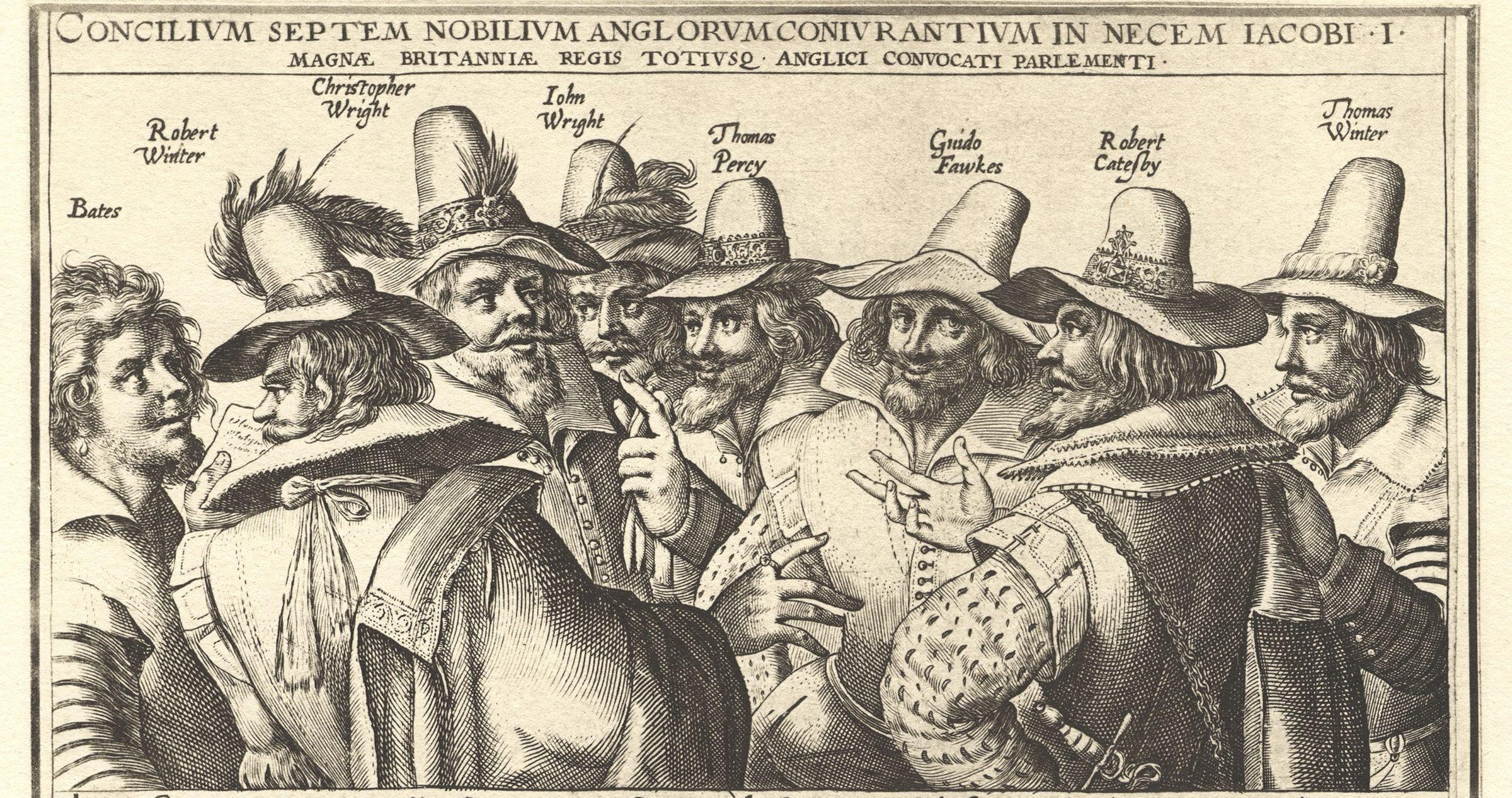
Photo Credit: Wikimedia
Fawkes became something of a boogeyman in England and was also the symbol of Catholic extremism. The English government used Fawkes and his failed fellows as propaganda to continue the repression of Catholicism for another 200 years.
Why Fawkes is remembered instead of the ring-leader, Robert Catesby, is an interesting question. The best answer is that Fawkes was the only one caught red-handed, Fawkes endured days of torture, and Fawkes was publicly executed. Catesby, on the other hand, was killed trying to flee and was never tortured or put on trial. This series of events made him the symbol of the failed plot.
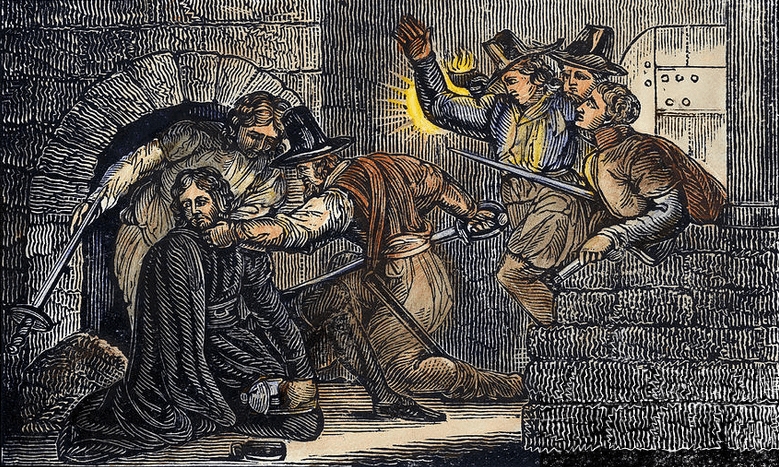
Photo Credit: Wikimedia
Guy Fawkes Day, November 5, also known as Bonfire Day, is commemorated with lighting bonfires and the shooting off of fireworks to represent the failed coup.
By the 19th century, the effigy of Fawkes was being placed on the bonfires. He represented terrorism and religious extremism and was detested throughout England…NOT celebrated.
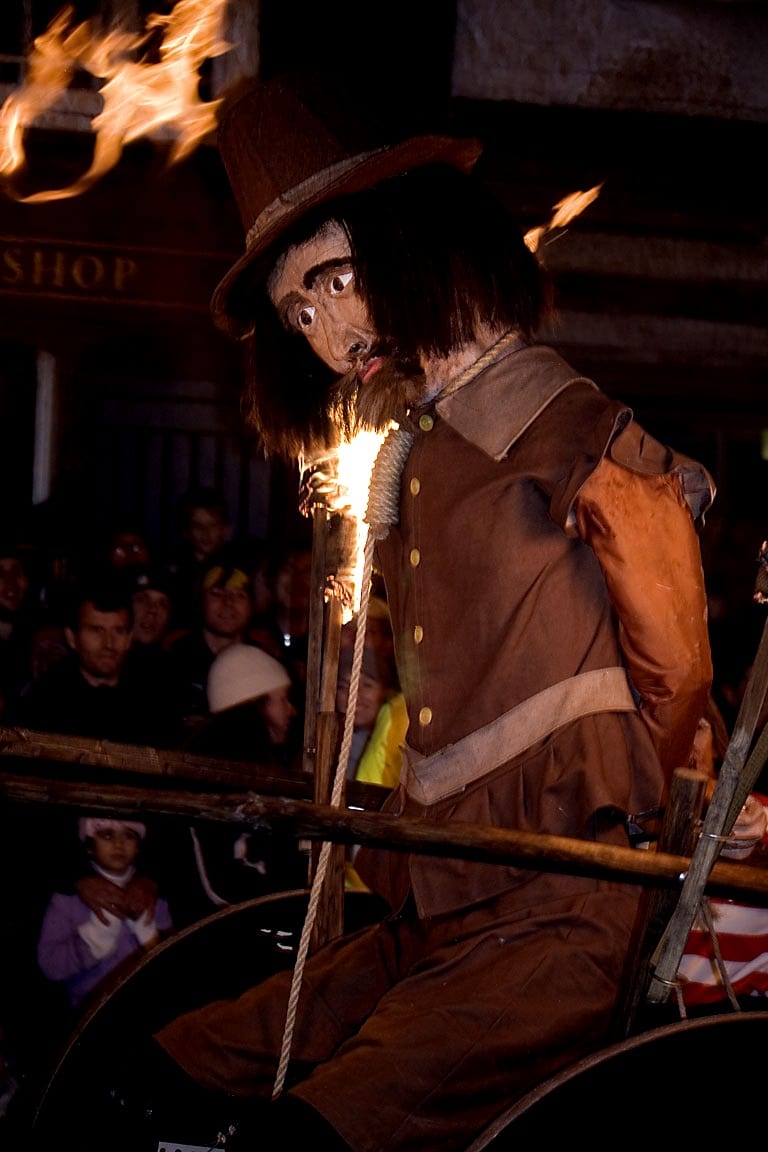
Photo Credit: Wikimedia
Fawkes and the rest of the Gunpowder Plotters were religious terrorists. They didn’t care whether or not their government was oppressive. In actuality, their plan, after assassinating King James and the rest of Parliament, was to replace this Protestant regime with a Catholic one, led by 9-year-old Princess Elizabeth, who would be a puppet to the Spanish.
If you need further proof that Guy didn’t give a Fawke about oppressive government, he spent a number of years fighting for the Spanish in their eighty-year war against the Dutch, who were fighting for independence from Spain. An oppressive monarchy was attempting to assert its control over a group of people desiring freedom… and he fought for the monarchy. Guy Fawkes wasn’t a freedom fighter. Guy Fawkes wasn’t a leader. Guy Fawkes got pulled into a conspiracy because he had some military background. Guy Fawkes was the dude with the matches. And Guy Fawkes went down with the rest of them.
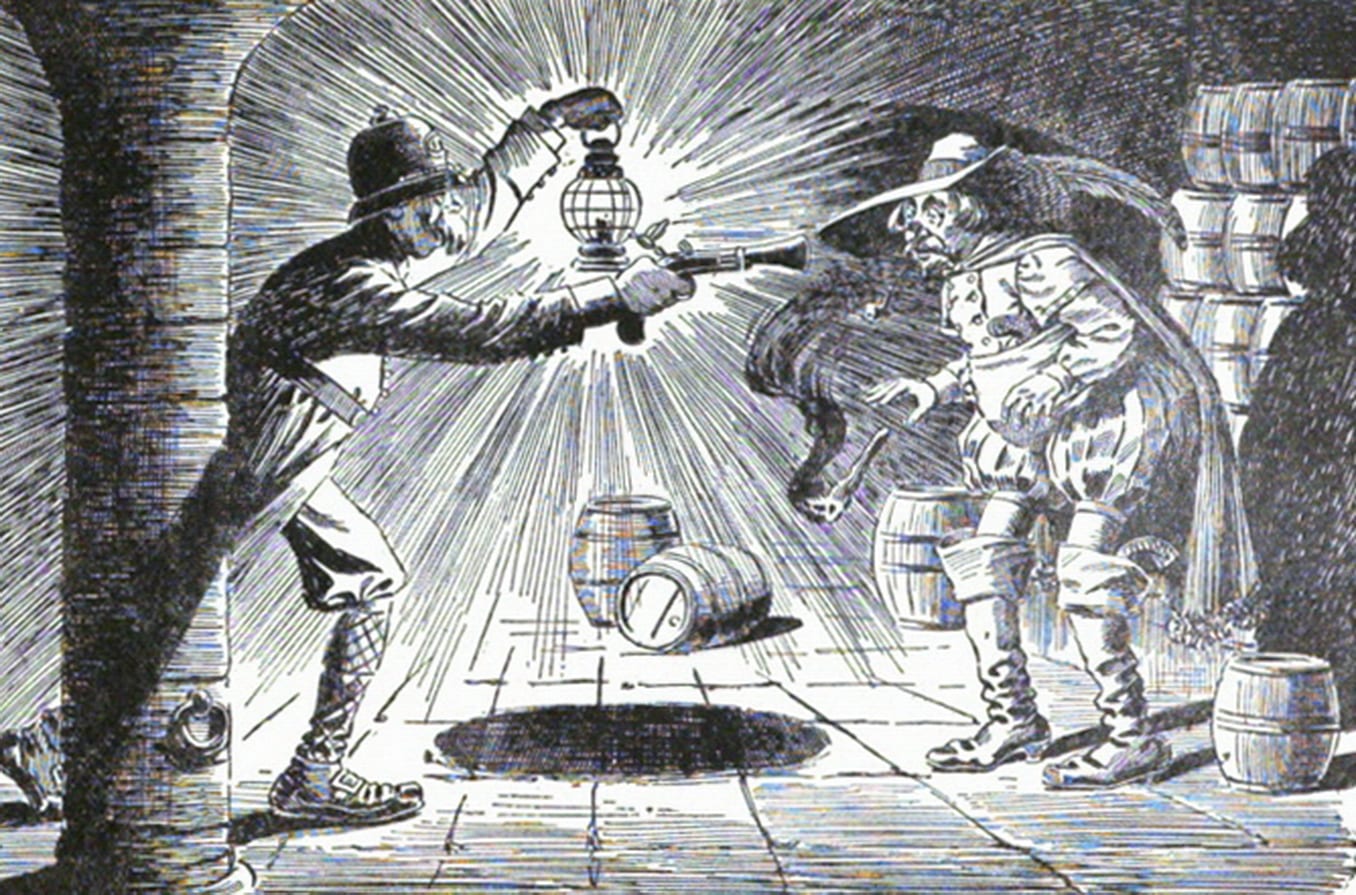
Photo Credit: Wikimedia
So, given all of this information, why in the world do people strap on Guy Fawkes masks and parade around as freedom fighters protesting oppression? First, there were the graphic novel and comic strips “V for Vendetta” written in the 1980s by Alan Moore that portrayed the main character, ‘V’, wearing a Guy Fawkes mask. The legend of Fawkes’ freedom fighter persona can’t be blamed solely on him, though. In Moore’s stories, V was most definitely fighting the government… but he was also most definitely a terrorist. Moore was particularly clear in showing that the main character’s ideology was just as awful as the dudes he was fighting against.
The 2005 movie adaptation of ‘V for Vendetta’, though, portrayed ‘V’ as a freedom-fighting vigilante resisting the oppression of a future fascist English government. He was transformed into a martyr and hero fighting for freedom. Though entertaining, this movie not only bastardized Alan Moore’s story, but also the history of the REAL Guy Fawkes and the disastrous failure that was the Gunpowder Plot of 1605.

Photo Credit: Wikimedia
Moral of the story: Hollywood took a dude who was a small part of an epic failure of a religious terrorism plot and transformed him into a mask-wearing vigilante that “fought” for your “freedom.”

